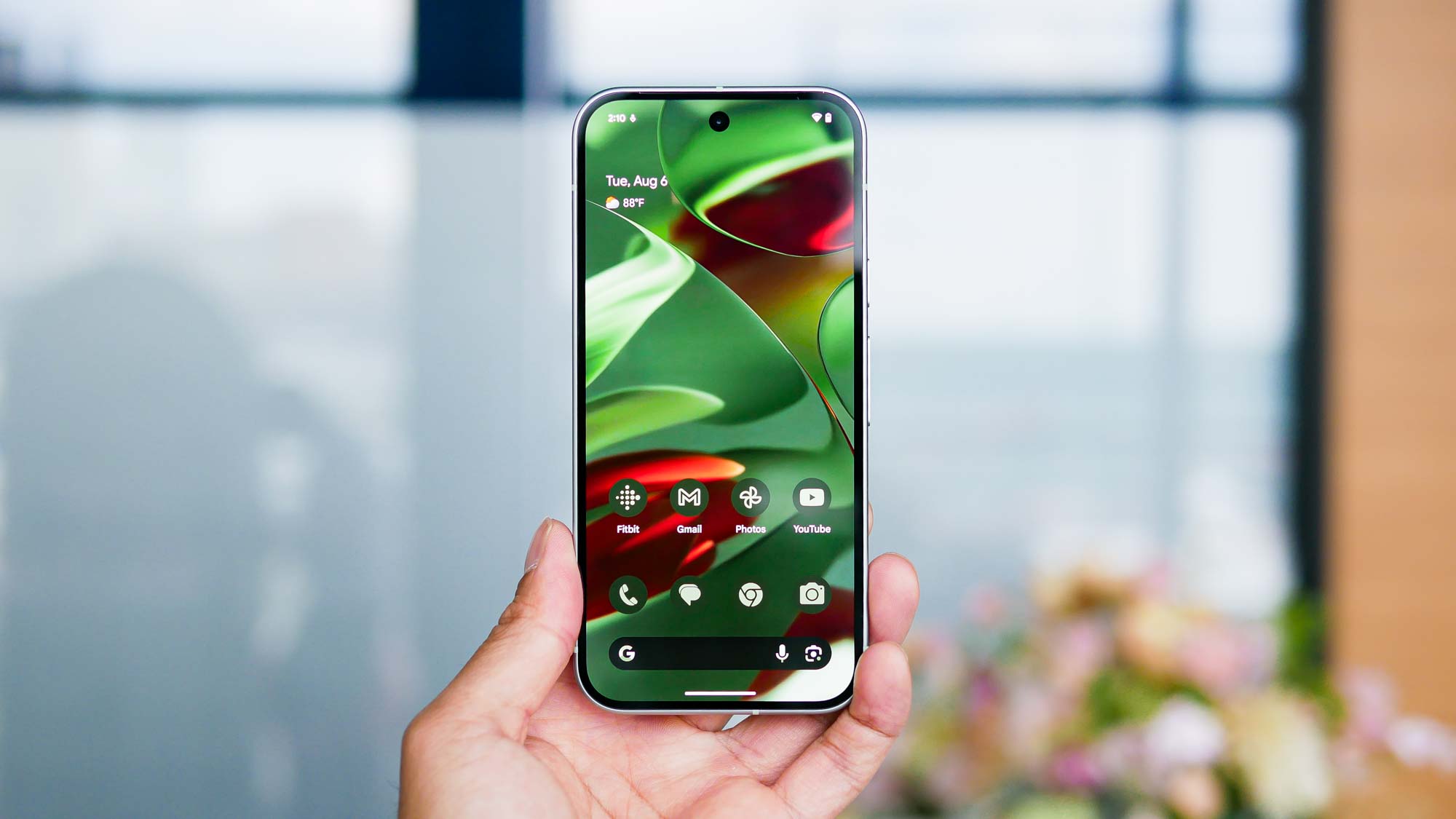
Not to be overshadowed, the Pixel 9 intends to be a standout in its price point for the simple fact that it actually has a lot in common with the Pixel 9 Pro and 9 Pro XL. This pocket friendly phone packs a Tensor G4 chip, 10.5MP selfie camera with autofocus, and even somehow manages to gain many new AI features as its sibling too.
It’s going to need everything it could muster up because the iPhone 16 will be directly competing against it. In my Pixel 9 hands-on review, I’ll dive into everything that’s new and stands out to make this phone worth considering at the $799 price point. I will admit that, unlike Apple’s strategy, Google isn’t as shy about giving the Pixel 9 nearly the same specs and features as its flagship devices.
Even though it’s technically not a ‘Pro’ device, I’m convinced it really is one after checking it out. Here’s why.
Google Pixel 9 hands-on review: Specifications
Google Pixel 9 hands-on review: Price and availability
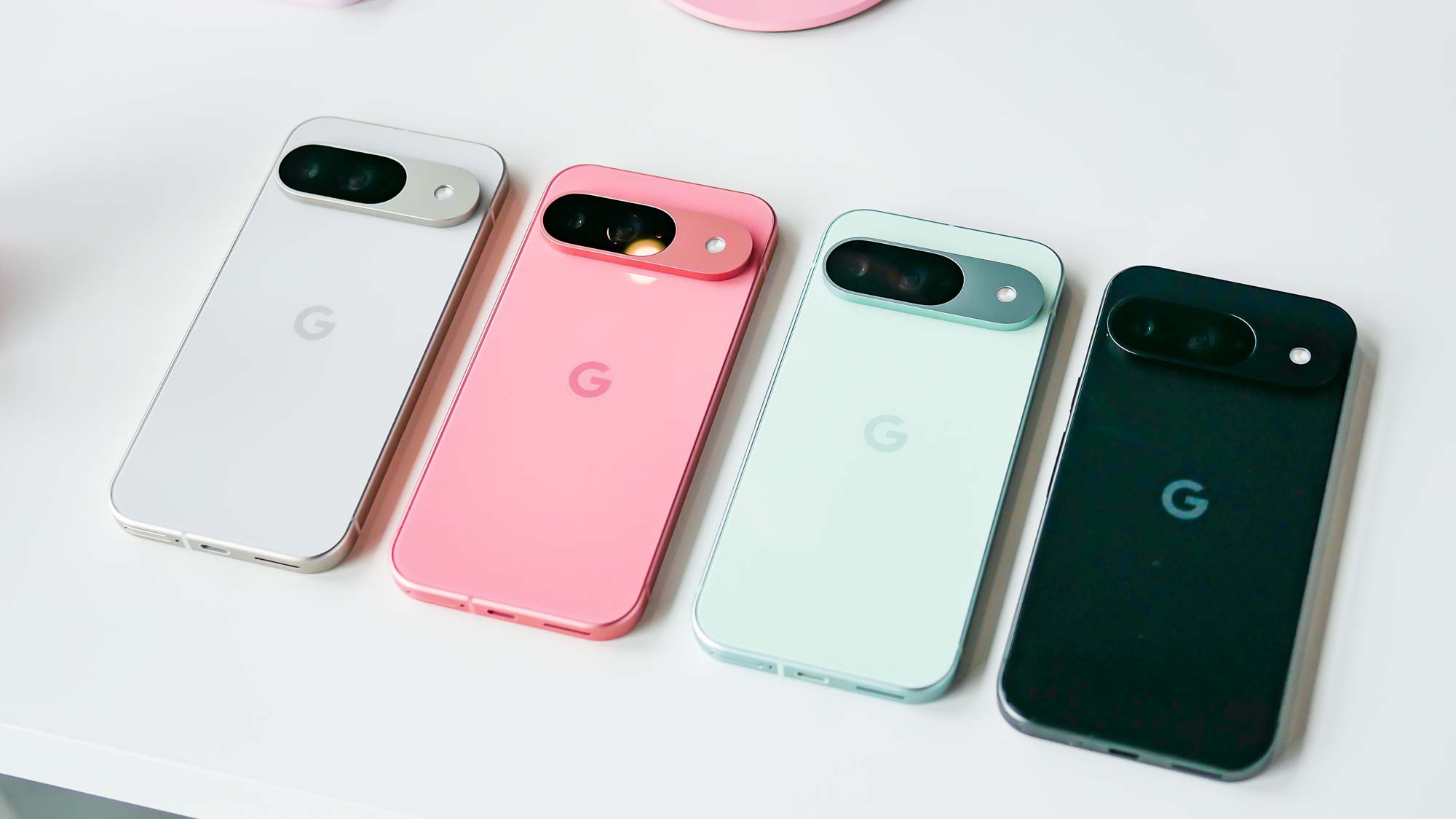
First and foremost, I’m not a fan of how the Pixel 9’s getting a $100 price hike — which brings its starting cost to $799. You can certainly snag a Pixel 9 preorder right now with some kind of deal perhaps through a wireless carrier, but it’s hard for me to say definitely if it’s worth the extra cost without putting it through its paces. The Pixel 9 will become available starting on August 22.
Luckily, I’m liking the four color options that are going to be available: Obsidian, Porcelain, Wintergreen and Peony. Out of the bunch, Wintergreen stands out to me for its similarity to the Mint options for the Pixel 8a — but with a softer, more subdued tone. You’ll also have you choice in 128GB or 256GB storage options.
Google Pixel 9 hands-on review: Design
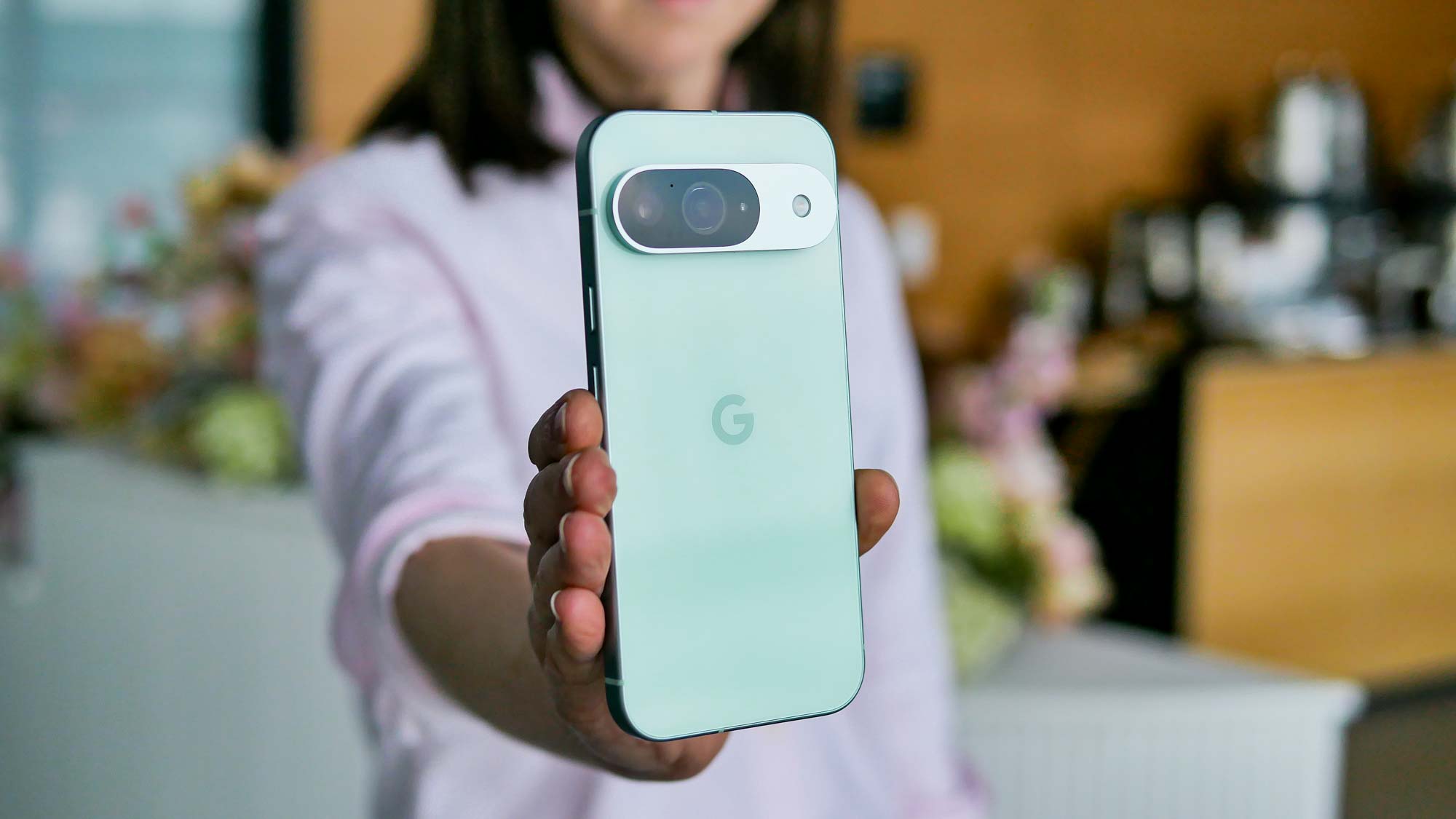
Just like in years past, the Pixel 9 flaunts the same updated design language found with the pricier Pixel 9 Pro and 9 Pro XL. Although, I will admit that it looks an awful like the iPhone 15 Pro because of how its matte metal trim looks similar to titanium alloy. Gone is the contoured edge design that I loved about the Pixel 8’s design, replaced by the flatter edge of its trim.
Due to its polished glass covering, it could be more prone to smudges and fingerprints. But at least the Pixel 9 gains the same durability as its siblings with its IP69 construction. What’s most apparent with the redesign is how the camera bar on the back of the phone now has an elongated pill-shaped cutout that protrudes out and is protected by a sturdier metal frame.
Overall, it loses the comfortable feel in favor of an edgier design.
Google Pixel 9 hands-on review: Display
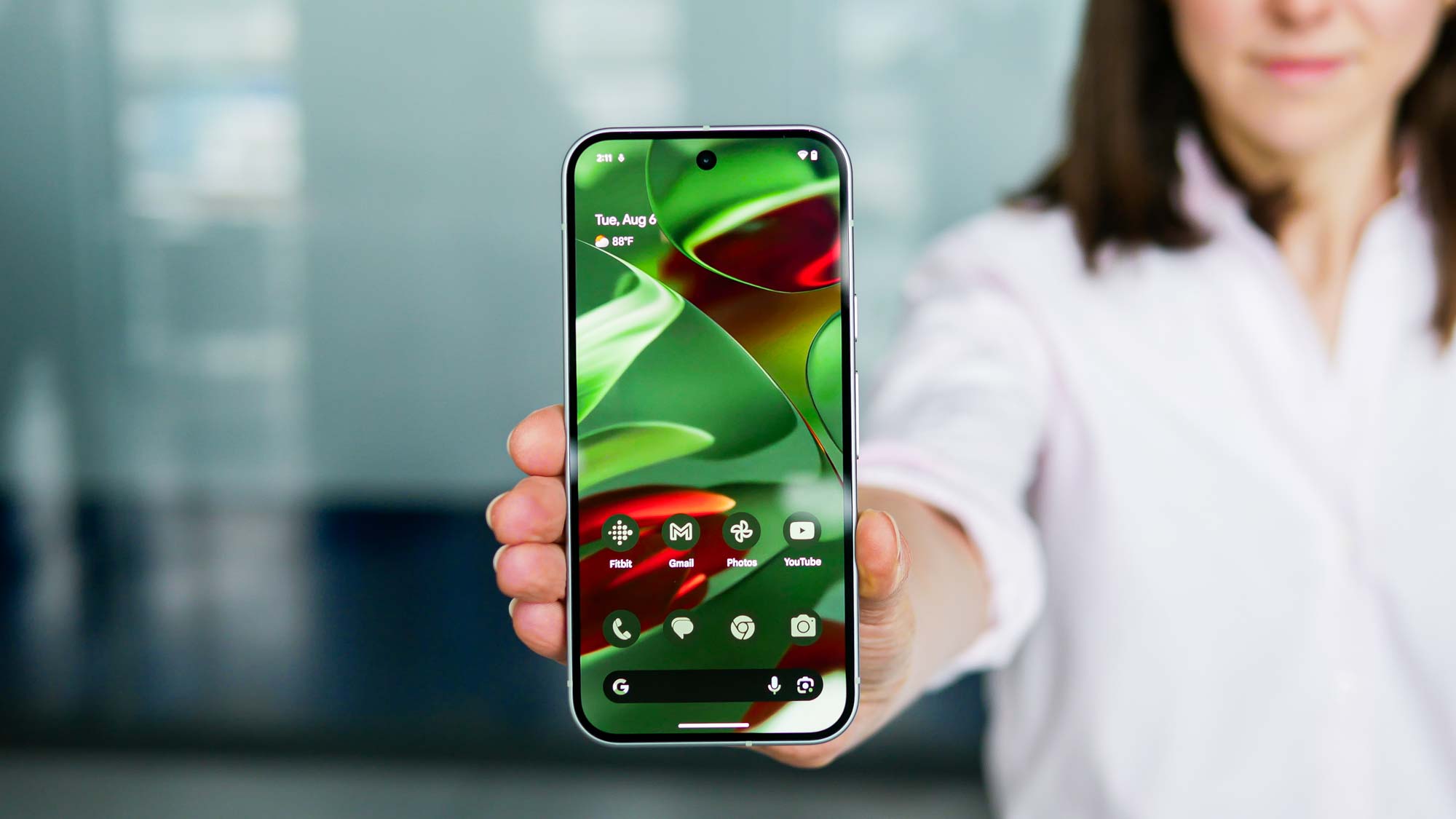
Apart from the design makeover, the next thing that stands out to me from checking out the Pixel 9 is its 6.3-inch Actua display. The OLED panel has a resolution of 1080 x 2424, which makes it extremely sharp and detailed. Even though it’s a smidge less than the Pixel 9 Pro’s pixel density of 495 ppi, my eyes really have a tough time seeing the difference between the 422 ppi pixel density of the Pixel 9’s screen.
If that’s not enough, it has all the hallmark qualities that make OLED panels such a joy to see — like its rich color tones and wide viewing angles. Google claims it can reach up to 2,700 nits, but that could be a little of a stretch given that the Pixel 8 reached 1,349 nits in our testing. Still, beating last year’s mark would give the Pixel 9 extra ammo in being a marked upgrade.
Google Pixel 9 hands-on review: Cameras
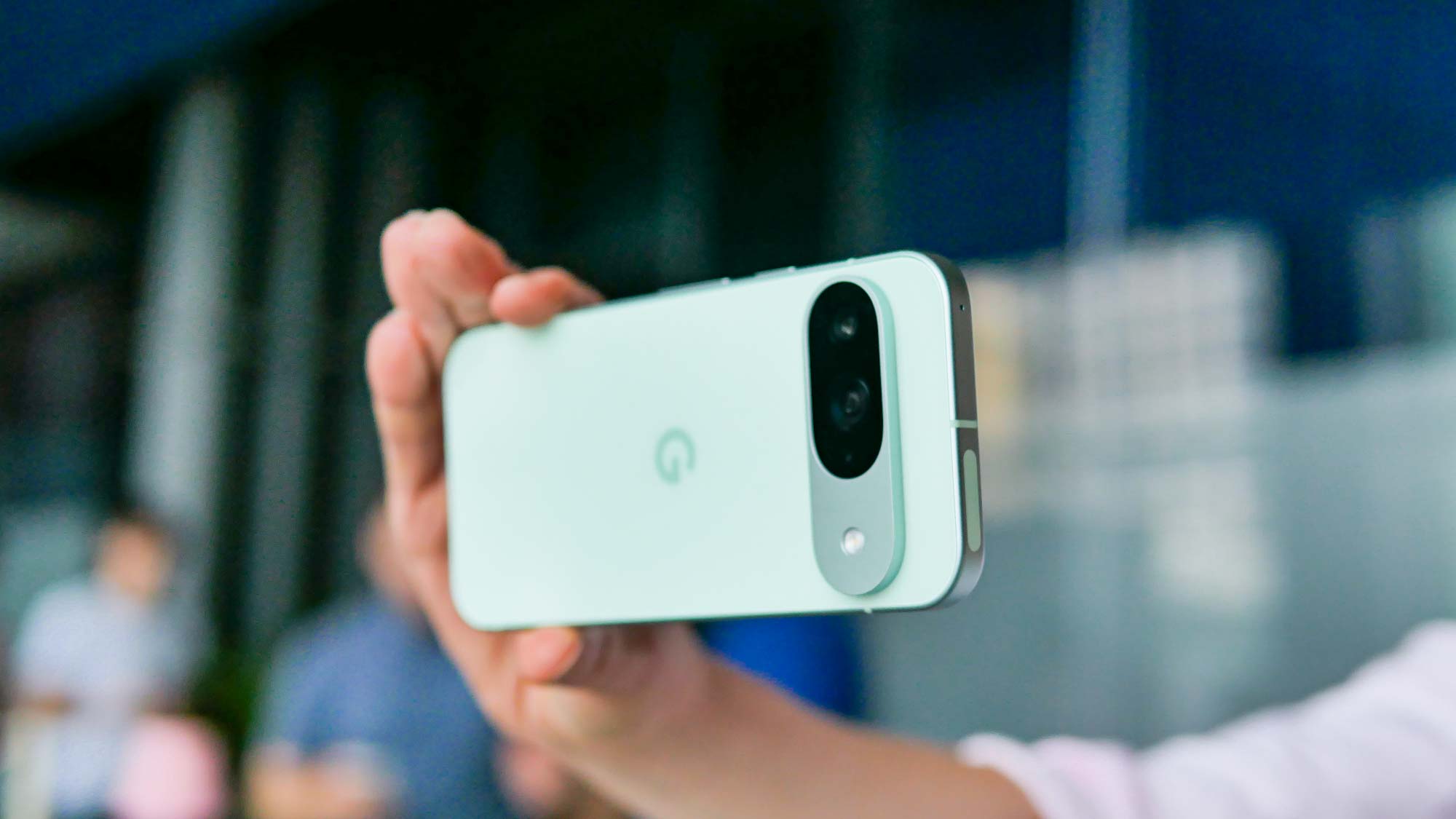
The Pixel 9 is carrying a dual camera set up on the back, which consists of a 50MP main camera and 48MP ultrawide. They’re actually the same cameras and sensors found in the Pixel 9 Pro and 9 Pro XL, which is bonkers because you typically don’t get the same cameras in the lower priced model.
While it lacks a dedicated telephoto camera, I’m eager to test out the Pixel 9’s zooming performance — especially if the main camera can at least deliver decent results with the help of pixel binning and newer image processing algorithms. It also features a 10.5MP front-facing camera.
Taking photos is one thing, but the Pixel 9 also has a few editing tricks up its sleeve that make it just as robust as its siblings — which I’ll explain more in the software section.
Google Pixel 9 hands-on review: Performance
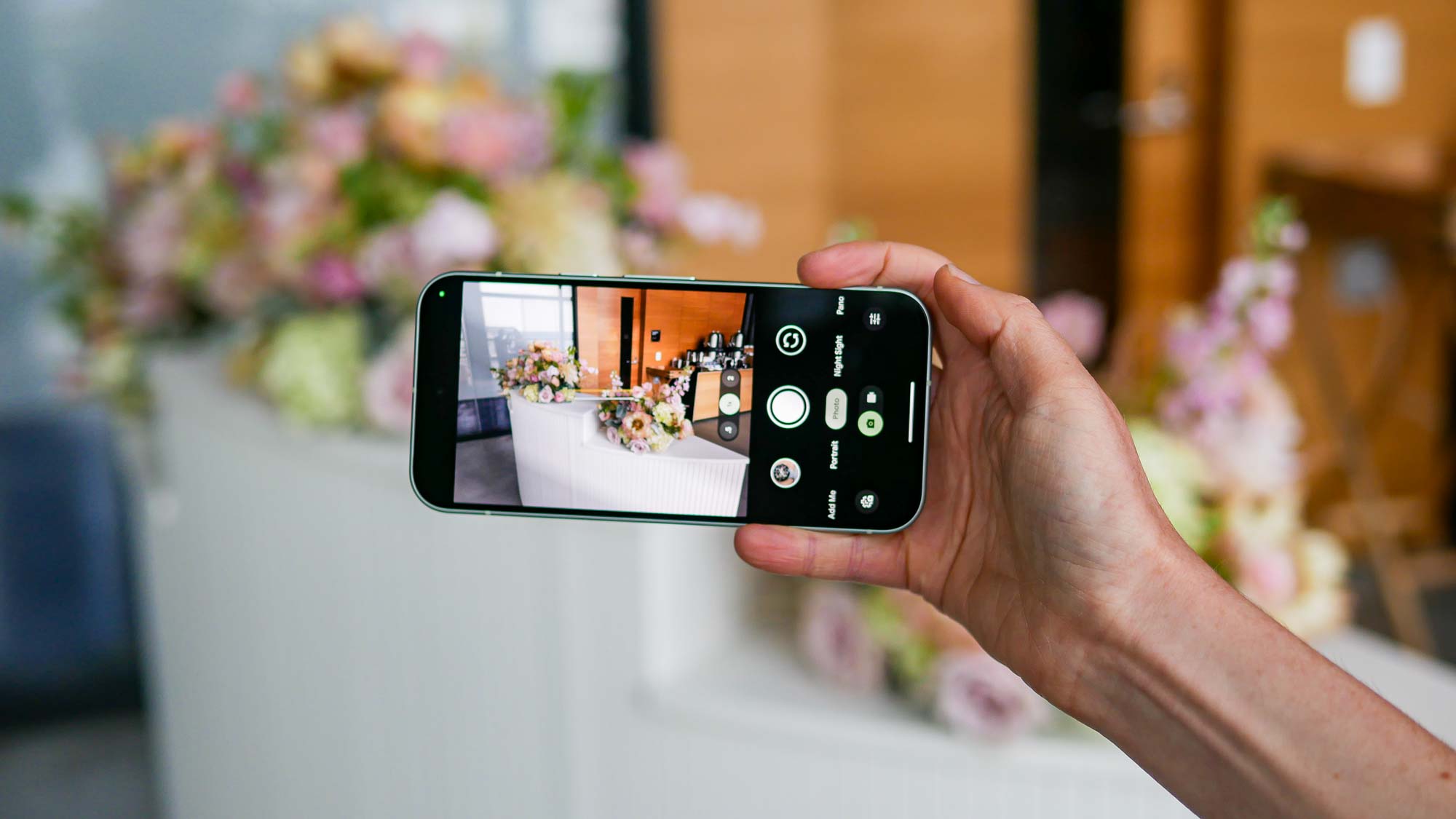
Apple should really follow Google’s lead because its Pixel 9 is running the same chip in its Pro models. The Tensor G4 is paired with 12GB of RAM, and I can tell you it’s exhibiting the same fluid responses that I see out of the pricier Pixel 9 Pro and 9 Pro XL.
Obviously I expect this kind of performance from a first hands-on look, but the true telling will be how it performs in other synthetic benchmark tests. That’s because last year’s Tensor G3 wasn’t quite a speed demon, with scores that lagged behind the competition.
With the G4, however, it could finally bridge the gap. What I’m really impressed about so far is how fast it’s able to handle requests, like how it took less than five seconds for it to generate an image with Pixel Studio. Other image generation services I’ve used often take much longer, but the Tensor G4 seems spot-on with dealing with these AI requests.
Google Pixel 9 hands-on review: Battery
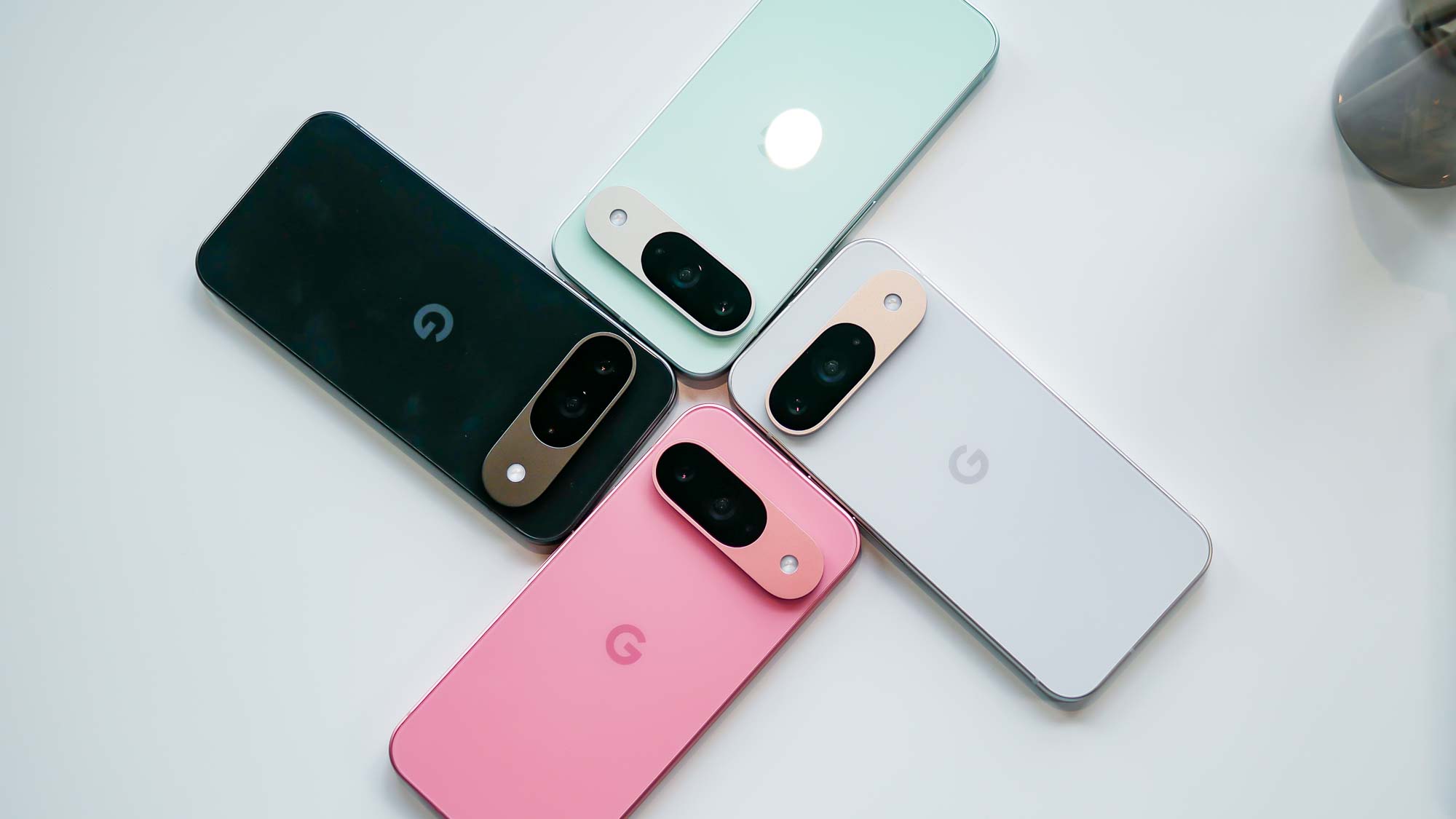
While power efficiency is expected to play a critical role in extending its battery life, the Pixel 9 benefits from a larger 4,700 mAh battery. This is actually up from the 4,575 mAh battery of the Pixel 8, which means that we could end up seeing a bigger improvement. Since the Pixel 8 didn’t quite have as good of a run in Tom’s Guide’s battery benchmark test, falling behind rivals like the Galaxy S23 and iPhone 15 at the time of our testing, all eyes will be on the power efficiency of the Tensor G4 to not disappoint this time around.
I’m happy to see that Google at least upgrades the charging speed of the Pixel 9 to 45W wired charging. That’s a marked improvement over the Pixel 8’s slower 30W charging speed. Google claims it could get to 55% capacity with 30 minutes of charging.
Google Pixel 9 hands-on review: Software

One of the delightful aspects about the Pixel 9 are the new AI features it offers. What’s important to know is that it shares many of the same ones found with the Pixel 9 Pro and 9 Pro XL — so if you want to read more about them, then check out my hands-on review of those phones.
Photo editing on the Pixel 9 is getting a boost with impressive features like Add Me, which uses AR guidance to snap photos that can swap in the photographer into the shot. The only AI-assisted photo editing features that the Pixel 9 misses out are the enhanced Video Boost Mode and Zoom Enhance features that are exclusive to the Pixel 9 Pro and 9 Pro XL. AI certainly plays a bigger role in how the Pixel 9 behaves, so I’m eager to test out its new virtual assistant with Gemini.
In the past, Pixels would’ve launched with the latest Android software, but it turns out that Pixel 9 will have Android 14 at launch — with Android 15 to come later. It’s hard to say why this is the case, but at least it gets the same 7 years of major software and security updates as past Pixels.
Google Pixel 9 hands-on review: Outlook
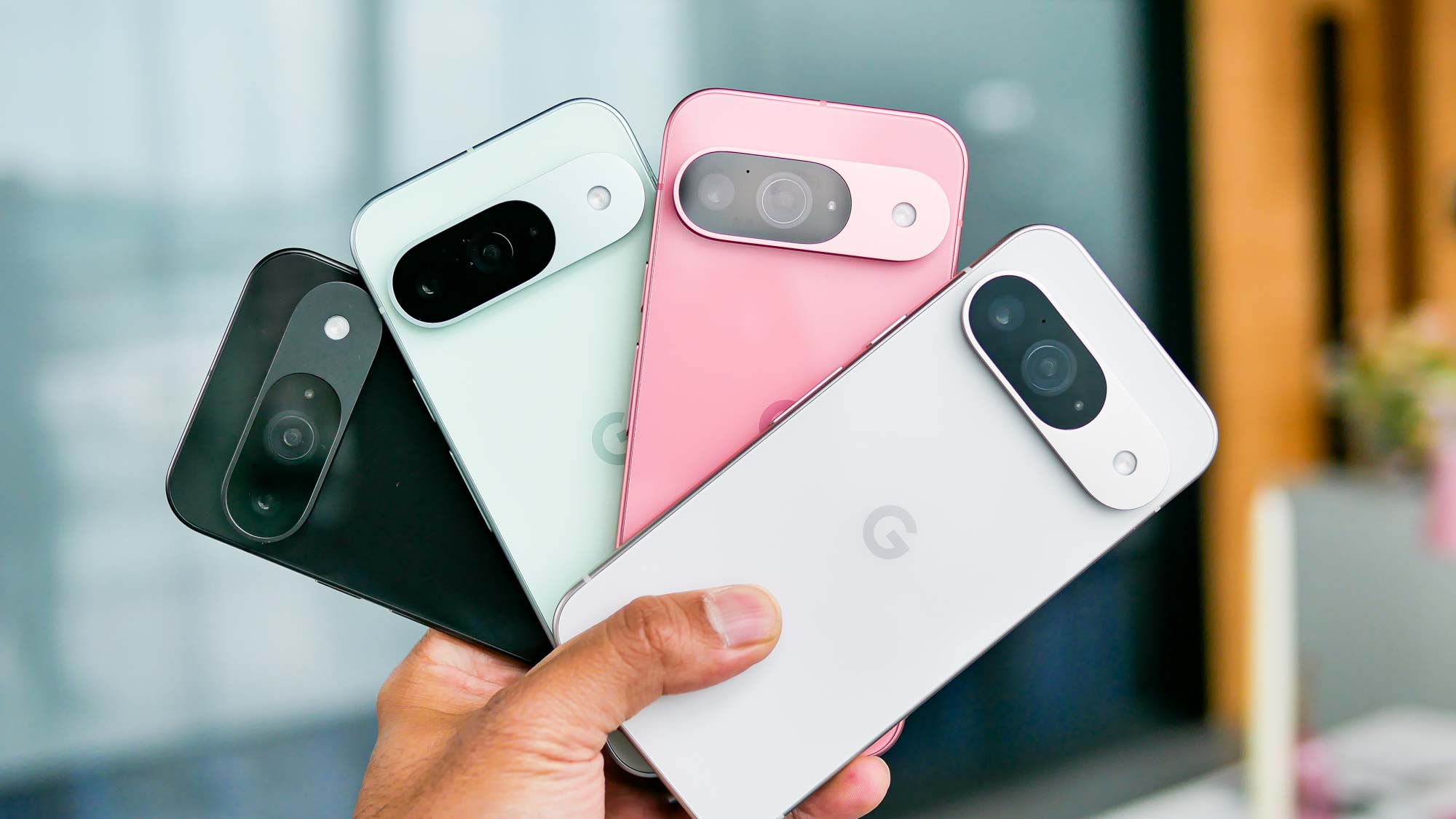
I still can’t believe the Pixel 9 has a higher price point than last year’s model. While all the outstanding AI features add to its package, I’m still on the fence if it’s enough to convince people. At the very least, I do like how it actually has a lot more in common than you think with the pricier ‘Pro’ models — including a formidable camera setup and speedy Tensor G4 chip.
Naturally, it can’t afford to be laid back in all the usual categories I grade the best phones on, or it’ll risk being overshadowed by other phones later this year. The iPhone 16 comes to mind, as that would be its most direct rival in the near future. Nonetheless, the Pixel 9 is shaping out to be an excellent option for those who have a tighter budget.







